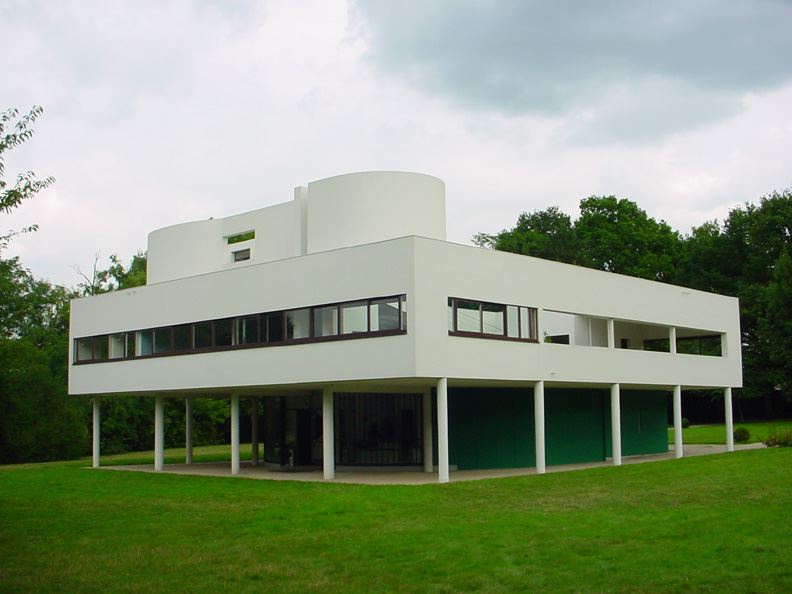Postmodernism came and went, but it looks like it might be back
It has recently dawned on me that there’s a bit of a postmodern revival going on. In fact, people have been writing about it for about 5 years, but I guess I’ve been a bit slow to notice. I remember the beginnings of postmodern architecture in the late 1970s, and I recall that from the outset, I had reservations about it. Below is a picture of the hitherto modernist architect Philip Johnson taken in 1978, with a model of his recently completed AT&T building. It created quite a stir at the time, but big business lapped it up.
The modern movement gave rise to some truly great buildings, although there was a lot of indifferent or even poor quality architecture as well, produced in large quantities at a time of massive urban renewal. More importantly, the urban planning of the modern period was often misguided, resulting in the destruction of established neighbourhoods, the prioritisation of cars over pedestrians, the resettling of people into housing estates with poor infrastructure, and so on. It didn't help that the technology of the time couldn't always cope. The roof of Corbusier's famous Villa Savoye (pictured below) leaked badly into the bedroom of the owner's son, who got pneumonia and had to spend a year recuperating in a sanatorium during that pre-antibiotic era.
 |
| https://en.wikipedia.org/wiki/Villa_Savoye |
All this gave modernism a bad press, perhaps more so in some countries than others. The reaction in Britain seems to have been more hostile than in some other places, and I'm not sure if this can be dismissed with glib references to innate conservatism.
While I appreciate that there were aspects of modern architecture which some people did not like, much of postmodernism seemed no better, or worse. I could appreciate the architects' interest in ornamentation, wit and historical references, it much of it seemed rather crude and lacking in detail. I particularly disliked the attempts at classical references, which might have looked extremely attractive in drawings, and acceptable in large-scale photographs, but always, it seemed to me, lacked to finesse and subtlety of the prototypes they were meant to be referring to. I know the intention was sometimes to be witty, but often to me it didn't seem that funny or clever.
I suppose the examples of postmodernism which comes to mind most often to me, because I see a lot of it, is the Broadgate Centre, the development which incorporates Liverpool Street station in London. The main façade along Bishopsgate seems to exemplify the sort of thing that I dislike about a certain type of postmodernism: massive, out of scale buildings clad in expensive materials with crude details that seem to make a cynical nod to a classical tradition. Below is a screenshot from Google street view. Interestingly, I couldn't find any pictures of this elevation when I searched online.
Likewise Paternoster Square, with its crude, pseudo-classical cladding.
I was rather pleased when I realised some time around the early 2000s that postmodernism seemed to have ended, to be replaced by a modernist revival, softened by the passage of time, with quite a lot of new buildings appearing which seemed to be generally rather well-designed, or at least inoffensive. But now it appears that post modernism is making a comeback.
There were of course good examples of post modern architecture, during its heyday. The first property I rented was a small flat in a postmodern building, the Circle, by CZWG architects (it was around 1992, during a the property slump and I could afford it on a junior doctor’s salary). I liked it the first time I saw it, and I still like it. Here's another screenshot from Google streetview.
I hope that things work out the second time round for postmodern architecture. I'm all for wit and humour, if done well. Meanwhile, here are a few examples of postmodern architecture and design that I know and have actually seen for myself to illustrate that it can work, even though I sincerely hope that modernism is not finished yet.
China Wharf, also by CZWG:
No1 Poultry, by James Stirling
The bookshop at the Venice Biennale Gardens, also by James Stirling




No comments:
Post a Comment